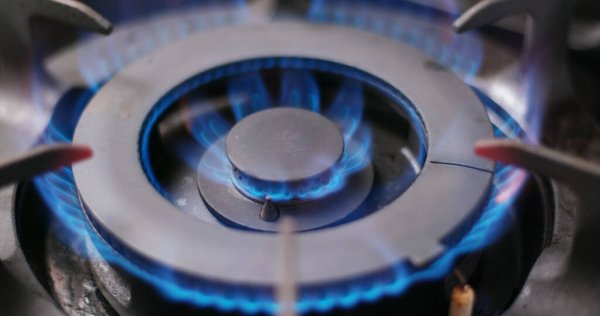With the rising cost of cooking gas today, there are a few things you can do to make your cooking gas last longer. Doing them will also ultimately help you cut down on your monthly gas expense and get you additional savings.
1. Defrost frozen food before cooking
For faster cooking, defrost or melt frozen food before cooking. It lets you maximize your cooking gas as you save on the heat energy required to bring it down to room temperature.
2. Make sure that your cooking pot bottom covers the flame
Flames that spread beyond the bottom of the pot produce heat that escape the pot. Heat that is not absorbed by the pot and its contents is a waste.
3. Invest in pressure cookers
Compared to ordinary cooking pots that cook food at around 100 degrees centigrade only, pressure cookers cook at around 125 degrees centigrade, which means it helps get the food cooked quickly, thus reducing cooking time and gas burned.
4. Is your cooking gas flame blue or yellow? Does it burn steadily or not?
Blue and steady flames indicate that your burner is clean. If the flame is yellow or orange in color, the burner is choked with soot, grease or food residue, causing it to not burn properly, and therefore ensuring that the full energy within the gas is not being harnessed.
5. Keep the lid on as much as possible
Placing the lid on your pan while cooking blocks the steam from escaping and makes your food cook faster. It also reduces cooking time since the heat energy is used more efficiently.
6. Regularly maintain and service your gas tank and stove
To ensure safety and to maximize your cooking gas, regularly check and service the regulator as well as check the pipes or hoses for blockages and leaks. To avoid wastage, always make sure that the regulator is switched off after cooking.
7. Match your pot to the right burner
There is a reason why some gas cookers have multiple burners with different sizes. If you’re cooking using a big pot, use the big burner and if it is a small pot, use the smallest burner. This way, the amount of gas burn will be equal to the size of the burner. Using small pots on a big burner will only be a waste of cooking gas.
8. Understand the relationship between heat and temperature
Burning cooking gas produces flame and the flame produces heat energy. The more gas you burn, the more heat produced by the flame and vice-versa. When a cooking pot with its contents absorbs the heat, its temperature rises and cooks the food. The higher the temperature within a cooking pot, the quicker the cooking.
What to note here is that once the boiling point of a liquid in a cooking pot is reached, further heating and gas burning will not cause the temperature of the pot’s content to rise or cause the content to cook faster until all the liquid has evaporated.
The secret is therefore to maintain a minimum flame required to maintain boiling. Avoid adding excess amount of water and cooking over a long period on high flame. Rather, add water in a steady manner that allows cooking on lower flame for the same duration.
9. Use metal-made cooking pan and pots
Metals such as stainless steel are good conductors of heat. For cooking to occur, heat generated in the flame must reach the food and hence pans made of good conductors of heat are more efficient.
10. Keep your cooking pots outer surfaces clean and shining
Uncleaned, black and soot-stained outer cooking pot surface will reduce the ability of the pot to conduct heat. This will prolong cooking and burn more gas.

 Latest4 days ago
Latest4 days ago
 Latest2 days ago
Latest2 days ago
 News1 day ago
News1 day ago
 Latest3 days ago
Latest3 days ago
 Energy5 days ago
Energy5 days ago
 Comments and Issues5 days ago
Comments and Issues5 days ago
 Business5 days ago
Business5 days ago
 Business5 days ago
Business5 days ago

